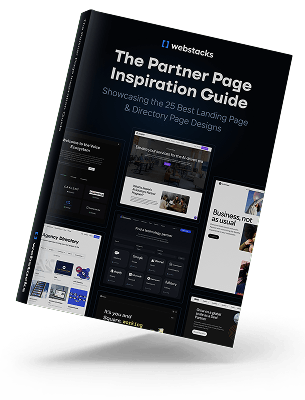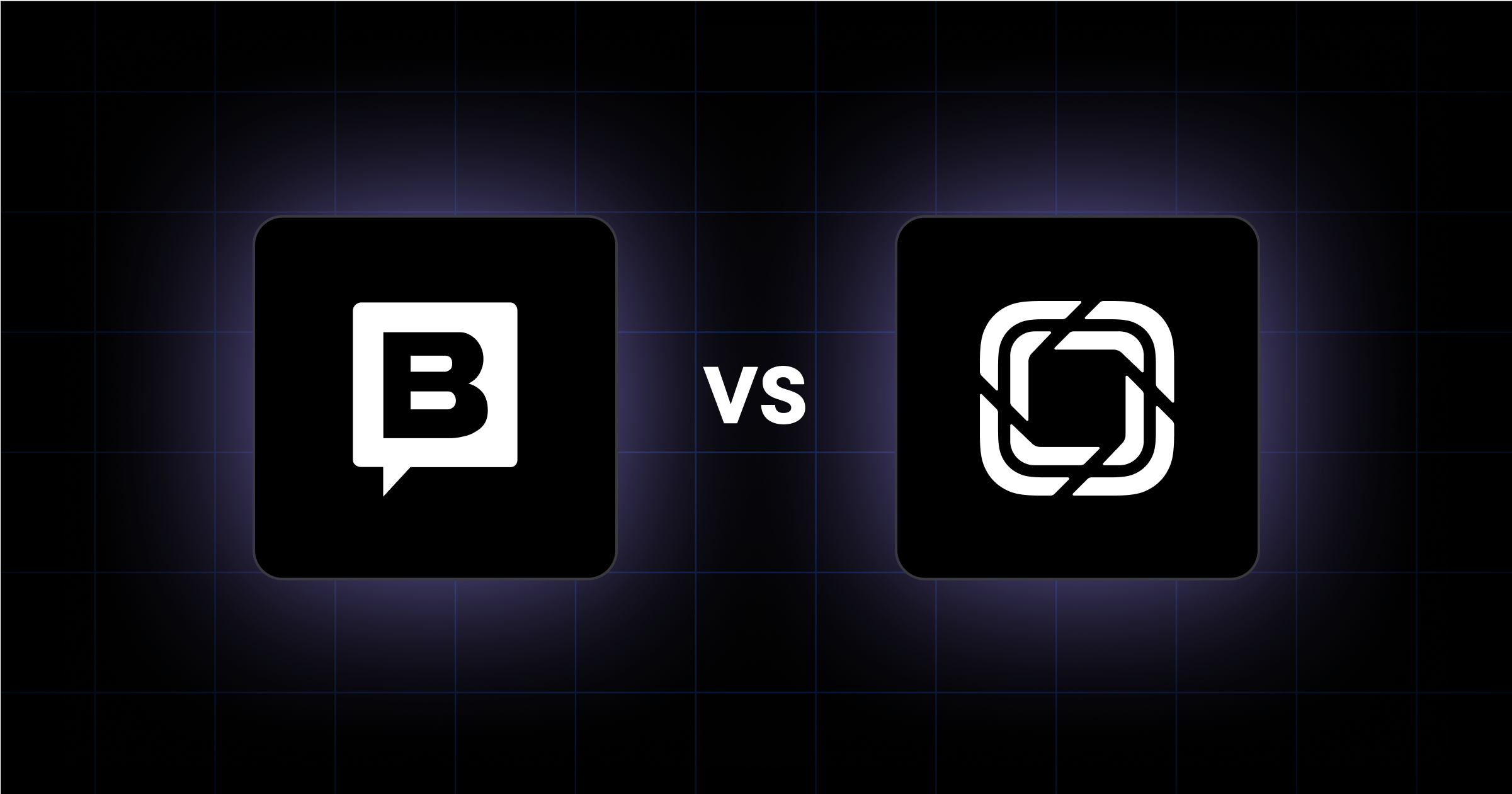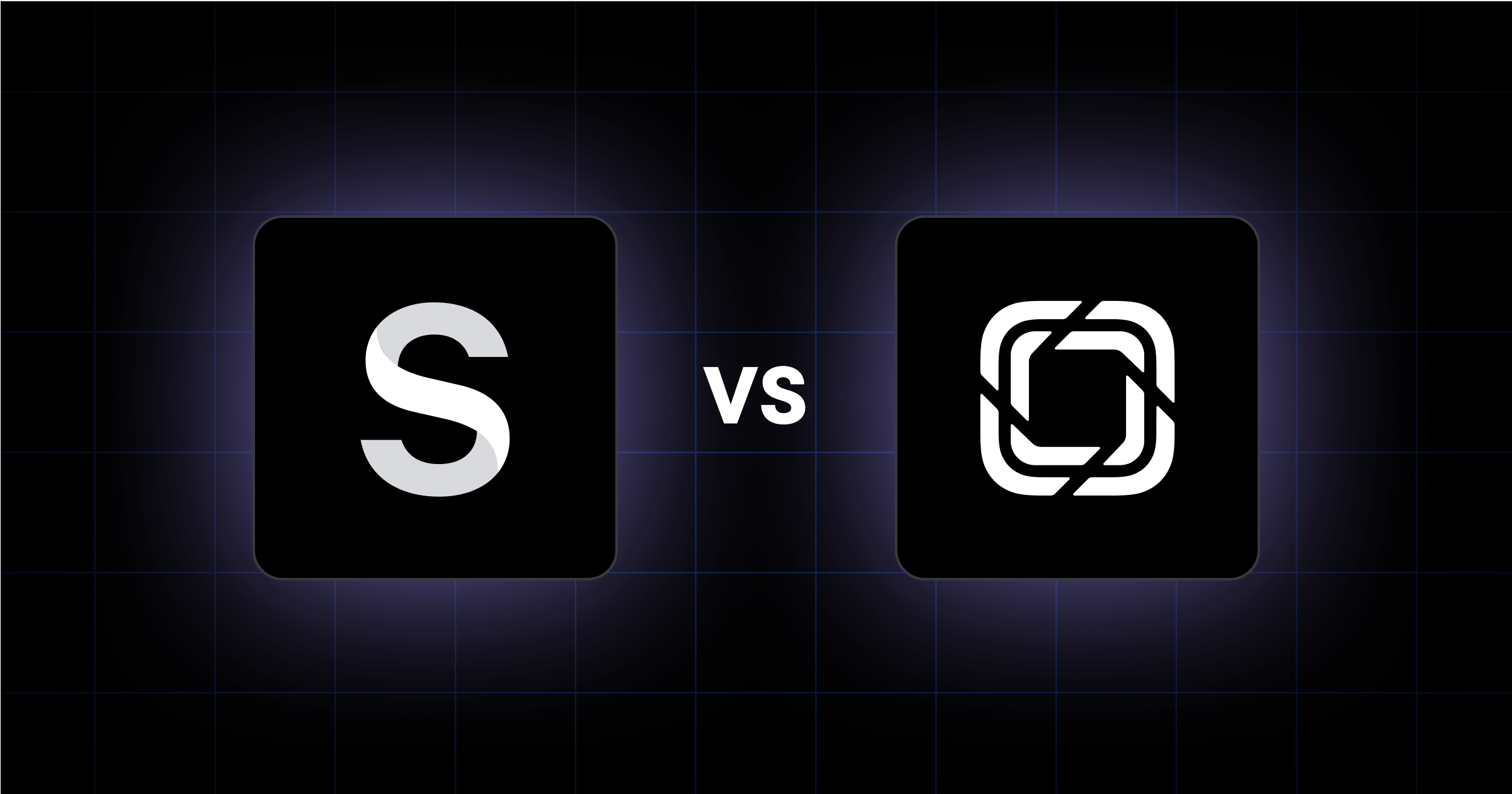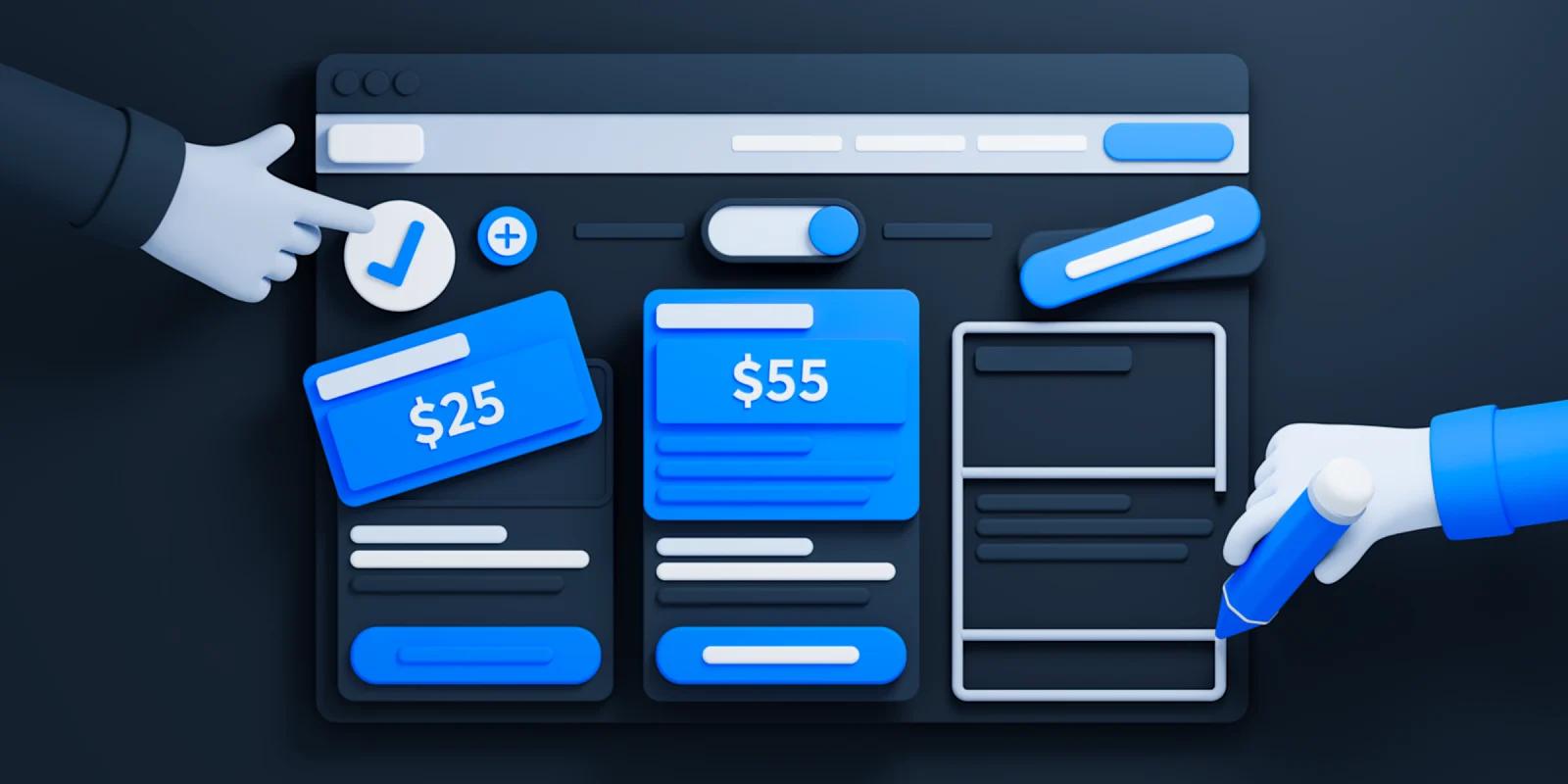A partner marketplace connects your customers with a diverse ecosystem of trusted partners, offering innovative solutions that enhance their experience and success.
This platform provides access to complementary products and services, fostering a supportive community around your brand and helping customers achieve their goals more efficiently.
In this guide, we'll delve into the essential steps to create an effective partner directory and showcase prime partner marketplace examples.
Key Takeaways:
- A partner marketplace allows you to showcase your integrations and tech partners, driving mutually beneficial partnerships.
- Benefits of a partnership marketplace include increased leads, higher conversion rates, improved customer satisfaction and retention, and happier partners.
- Key steps to building a successful partner marketplace include making it easy to find, aligning with your brand, offering simple navigation, and including critical information on each integration listing page.

What is a Partner Marketplace?
Marketplace transactions grew an estimated 70% to $4 billion, which is three times faster than the overall growth of the public cloud. A partner marketplace, also known as an integration marketplace, is a dedicated section on your website that showcases the tools and software your platform integrates with.
In 2022, 82% of B2B business leaders planned to expand their roster of partners, recognizing the value of integrating with more tools.
A partner marketplace (or partner directory) allows visitors to browse, search, and learn about your various partner integrations. It typically includes individual listing pages for each integration, providing details on functionality, features, and other relevant information. This setup helps customers and prospects understand the depth of your software ecosystem and the complementary solutions you offer.
The partner marketplace serves as a central hub for your integrated apps and tools, simplifying the discovery process for users. It highlights the versatility and flexibility of your product, allowing customers to customize their experience with new functionalities.
A well-organized and informative partner directory showcases your ecosystem and partner offerings, enhancing the user experience and positioning your business as a leader in software integration within your industry.
Key Benefits of a Partner Marketplace
- Showcases the breadth of your software integrations and partner offerings
- Improves the discoverability of your app marketplace and partner listings
- Enhances the user experience by providing a centralized destination for exploring your ecosystem
- Positions your business as a leader in delivering comprehensive software integration solutions
Creating a user-friendly partnership marketplace enables you to effectively connect your customers and prospects with the tools and solutions they need, while also highlighting the depth and versatility of your platform.
Why Have a Partner Marketplace?
In addition to a partner page, a partner marketplace can provide a wealth of benefits for your business. Connecting prospects and customers with your integration partners can open up valuable lead generation opportunities and boost sales conversion rates.
A well-curated partners marketplace also enhances customer retention and lifetime value by making it easy for users to discover and connect complementary tools to their existing tech stack.
1. Connecting Prospects and Customers to Partners
Buyers today rank integration capabilities as one of the top considerations when making software purchasing decisions. Over 80% of respondents say it is important to them that the software they buy integrates with their existing solutions.
Showcasing your partner ecosystem in a dedicated directory can capture the attention of these prospects and guide them toward solutions that seamlessly integrate with your platform.
This not only accelerates the sales process but also helps your customers get more value from their investment in your products and services.
2. Showcasing the Extent of Your Ecosystem
A partner marketplace allows you to highlight the breadth and depth of your integration capabilities, demonstrating to both leads and existing customers the extensive network of complementary tools and services available to them.
This showcasing can strengthen your relationships with your technology partners by continuously promoting their offerings to your audience, ultimately driving more referrals, joint marketing opportunities, and revenue-sharing arrangements.
Key Features of a Partner Marketplace
Effective partnerships marketplaces share several key features that ensure a user-friendly experience for customers exploring your ecosystem of integrated partners and applications.
- 🧭 Intuitive Navigation: Users should be able to effortlessly browse, search, and filter through the available partner integrations. Clear categorization, navigation and a directory-style layout help users navigate through different types of partners and solutions.
- 📊 Partner Categorization and Tiers: Highlighting partner tiers can showcase various levels of partnerships, providing clarity on the most recommended or trusted partners. Displaying partner logos enhances brand recognition and adds visual appeal.
- 🔍 Search and Filtering: Strong search functionality, along with filters and tags, enables users to quickly find specific partners or solutions that meet their needs.
- 📇 In-Depth Partner Profiles: Partner profile pages should offer detailed information about each partner, including their unique offerings and benefits. Calls to action on these pages encourage users to engage with partners directly or learn more about their services.
- 🔌 Showcase Integration Details: Clearly display the breadth of your integration capabilities. Use visual representations, such as interactive maps or category-based organization, to help users quickly grasp the range of options available.
By incorporating these essential features, you can create a partner marketplace that not only enhances the user experience but also effectively highlights the value of your integrated partner network, ultimately driving customer engagement and business growth.
Best Practices for Managing a Partner Marketplace
Maintaining an effective and engaging partner marketplace is crucial for your business. To ensure your partner directory remains up-to-date and valuable for your customers, there are several best practices to follow.
Regularly Update Partner Information
Regularly review and update the information about your partners in the marketplace. This includes any changes to their integration capabilities, pricing, or contact details.
Keeping the partner data accurate and current helps your customers make informed decisions when choosing products or services to integrate with your platform.
Create Relevant Partner Content
In addition to maintaining partner details, consider developing a partner-focused content ecosystem. This could include blog posts, case studies, or co-marketing materials that showcase the value and benefits of your partner marketplace.
This supplementary content helps to further highlight your strong partner ecosystem and the solutions it can provide to your customers.
The structure of your website also matters, your partner landing page should include partner benefits and various partner programs. Consider including case studies for viability and act as a partner application page.
By following these best practices for partner marketplace management, you can ensure your partner updates and partner content remain fresh and engaging, driving ongoing value for your business and your customers.

Examples of Partner Marketplaces
In online business, partner marketplaces have become a valuable asset for companies looking to expand their reach and enhance their offerings.
Here are some of the most successful examples of partnership marketplaces across different industries.
1. Stripe

Stripe, a leading payment processing platform, has built an impressive partner marketplace that showcases a wide range of integrated solutions.
From Services Implementation partners to Embedded Payments partners, Stripe's marketplace highlights the breadth of complementary business applications that seamlessly integrate with its payment services, making it a one-stop shop for modern businesses. Stripe has an organized listing page and detailed landing pages that provide useful context for each partner.
2. ServiceTitan

A software provider for the home services industry, ServiceTitan has created a partner marketplace that connects its customers with a variety of software and applications designed to streamline their operations.
ServiceTitan's marketplace offers a diverse ecosystem of partners to enhance the overall experience for home service professionals. From a design perspective, it has filters and search functionality that make navigating the marketplace very simple.
3. HubSpot

HubSpot, a renowned CRM and marketing platform, boasts an extensive solutions marketplace that showcases a wide range of agencies and partners for implementation.
With over 6,500 options, HubSpot provides a ton of filters to let users find the best service providers for their unique situations. The marketplace includes lots of categorization and personalized recommendations that improve the user experience.
4. Zendesk

Zendesk is a popular customer service and engagement platform that has developed a partner marketplace offering a wide range of integrations and add-ons.
Zendesk's marketplace helps its customers enhance their customer service and support workflows, providing a seamless experience for both businesses and their clients. Partner profile pages include the services they offer, the regions they operate in, and the types of Zendesk partners they are. They also include things like accreditations, apps/themes they’ve built and customer reviews.
5. Webflow

Webflow, a no-code web design platform, has built a thriving partner marketplace that features design, development, and productivity tools.
Webflow's find a partner marketplace is massive and serves several use cases including apps, experts, libraries, and templates. With its Expert’s Marketplace, Weblflow customers can find partners who can design, develop, and optimize their websites. The listing page has plenty of filters that aid users in finding the right partner for them.
Conclusion
Building a strong partner marketplace on your website can be a great strategy for your business. Showcasing your integration capabilities can drive more leads, strengthen your partner relationships, and deliver value to your customers.
To maximize the success of your partner marketplace, it's crucial to follow best practices in design, navigation, and content. Prioritize user-friendliness, comprehensive partner information, and engaging supplementary resources to create an ecosystem that benefits both your business and your technology partners.





